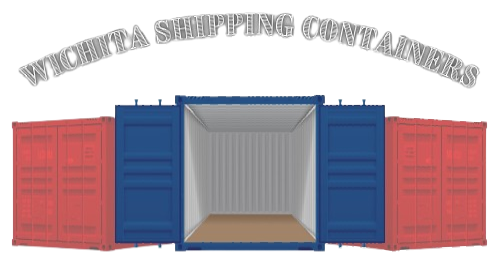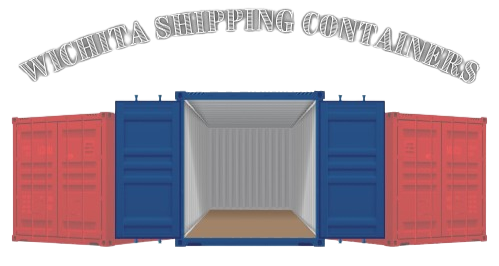Redefining Space: Creative Exploits of Shipping Containers
Explore the versatility, sustainability, and creativity of shipping containers in modern design and architecture.
Innovative Uses for Shipping Containers Beyond Storage
Shipping containers, once solely utilized for the transit of goods across vast oceans, have now transcended their traditional role. Today, these sturdy steel boxes are being repurposed for a myriad of innovative applications, reshaping how we think about architecture and functional design. Let’s explore how these versatile structures are making a significant impact beyond mere storage solutions.
1. Pop-Up Shops
One of the most vibrant transformations of shipping containers is their adaptation into pop-up shops. These mobile retail units are not only cost-effective but also offer flexibility in location and design. Whether it's a bustling city street, a local fair, or a major music festival, entrepreneurs can set up shop almost anywhere, attracting a diverse range of customers. The compact size and the ability to customize containers with unique branding make them particularly appealing for startups and established brands looking to expand their reach.
2. Emergency Housing
In times of disaster, quick and reliable solutions are crucial for recovery. Shipping containers have been effectively converted into emergency housing units, providing a swift response to the urgent need for shelter. Their robustness and ease of transport make them ideal for use in areas affected by natural disasters like hurricanes, floods, or earthquakes. These container homes can be outfitted with essential utilities and can be assembled in a modular fashion to create larger community complexes, offering a semblance of normalcy during chaotic times.
3. Portable Cafes and Restaurants
The culinary world has also embraced the versatility of shipping containers. Many innovative chefs and entrepreneurs are turning these structures into portable cafes and restaurants. This trend not only reduces construction costs but also taps into the growing popularity of street food markets and food truck festivals. Containers provide a unique, industrial chic vibe that attracts a hip, young crowd, and their portability allows owners to test different locations without significant investment.
4. Art Studios and Galleries
Artists and galleries are finding creative ways to use shipping containers as mobile art studios and exhibition spaces. These units can be transformed into inspiring environments for artists to create and display their work, or even to host pop-up art shows that travel to different communities. The industrial aesthetic of the containers provides a modern backdrop that complements contemporary art, making it an attractive alternative to traditional gallery spaces.
5. Compact Libraries and Educational Spaces
Shipping containers are being converted into compact libraries and educational spaces, especially in underserved areas where access to books and learning materials is limited. These mobile libraries can travel to different neighborhoods, providing communities with valuable educational resources. For schools and educational organizations, containers can be developed into additional classrooms or special project areas, offering flexibility and space management solutions.
Conclusion
The transformation of shipping containers from mere cargo carriers to dynamic, functional structures is a testament to human creativity and adaptability. Whether it’s through retail, housing, dining, art, or education, these containers are proving that their potential is only limited by our imagination. As we continue to embrace sustainable and innovative design solutions, shipping containers will undoubtedly play a crucial role in the architectural landscape of the future.


